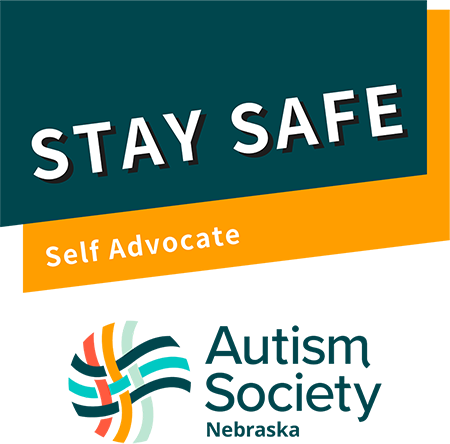Read below to find suggestions for having COVID-19 conversations around topics such as:
- What If You Think Someone Is Not Being Safe, Is Infected
- What If You Are Not Comfortable With Someone Coming Into Your Home
- How do you discuss boundaries/social distancing during COVID-19
It is important to be prepared with what to do if someone else is saying things, doing things or acting in a way that makes us feel uncomfortable as it relates to the COVID-19. Understanding how and when to set boundaries when feeling unsafe in a public place is one way we can know what to do if we are uncomfortable or feel unsafe. Importantly, understanding how to navigate uncertain social situations, practicing what, when and where to express ourselves in difficult situations and to practice these skills in advance can all be very helpful in maintaining our mental health needs.
This skill will focus on what we should “say” or “do” if we find ourselves in a situation in a public place or in a conversation with another person about COVID-19 that makes us feel uncomfortable or unsafe.
Setting Boundaries in Public Places and Spaces
It can be helpful to use the 4-W’s Skills: Setting Boundaries in Public Places and Spaces sheet to help identify boundaries within these situations as well as to help us decide what steps we can take. 4-W’s Skills: Setting Boundaries in Public Places and Spaces
Review
COVID-19 Interactions Social Distancing
COVID-19 Interactions Masks
Practice
- Use your 4-W’s Skills: Setting Boundaries in Public Places and Spaces to help you know what to do. Use the PRACTICING the 4-W’s Boundaries Skill: 5 Scenarios
- Read each situation and follow the questions within each “W” in the 4-W’s Boundaries Skill sheet. Write your answer below each W’s question on the Boundaries skill sheet.
- After deciding what and how you are going to handle each situation below, it may be helpful to role play with a “trusted person” to become more comfortable if you experience anything similar to these situations.
4 W’s: Practicing Boundaries
To review, download or print – click HERE.
Reflection
Questions can help you evaluate your practice:
Did I use the 4-W’s to help me decide how to handle a stressful situation?
- If so, did this help me to resolve the situation that made me feel unsafe?
- If not, which W did not “fit” or “help” me with this situation.
- If the situation did not resolve successfully, it would be a good idea to talk with a trusted friend or counselor to problem-solve other ways to handle the difficult situation.
Remember: It is important to think about situations that may come up in advance and practice rehearsing different ways to handle the situation.

